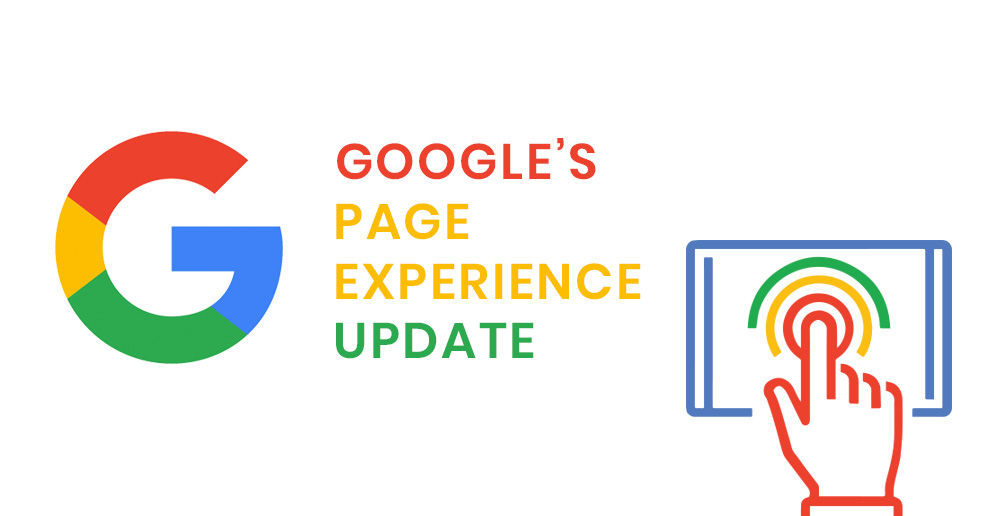The long-awaited changes to Google’s search engine algorithms are set to be updated in just over a month from now in mid-June. These changes will require many businesses to adjust their online presences, in some cases quite drastically.
The primary change this will bring is the introduction of a new factor known as Page Experience to the Google search engine algorithm. Implemented alongside existing factors, Page Experience presents both a challenge and an opportunity for all businesses with an online presence.
In a nutshell, the Page Experience update will prioritize web traffic on Google search engines towards intuitive, well-designed websites and away from their counter-intuitive and poorly-designed counterparts. While the exact details of how this will be implemented are not clear yet, there are a few things you can do to benefit from this upcoming update.
1. Optimize your website for mobile users
Mobile devices are the primary web-browsing medium for many, and the share of mobile traffic in relation to desktop traffic is continually growing. With mobile devices accounting for more than 50% of web traffic in 2020, having an optimized version of your website is essential for attracting and retaining customers. When it comes to designing mobile websites, simplicity is the key – a complex site can drive away traffic towards more tech-savvy competitors.
2. Improve page loading speeds
According to Google, a delay of just one full second can reduce conversion rates (the percentage of your visitors who purchase a product on your site) by a whopping 70%. Needless to say, having a slow website will cost you dearly in potential revenue. The best way to make sure your website loads quickly is, like above, to keep it simple. Avoid embedding too many videos or uncompressed photos on your pages to help keep your loading times short and you’ll see the benefits.
3. Use ALT Text for your images
Making sure your images are compressed isn’t the only way your images can affect your website’s page experience. Incorporating brief and descriptive ALT text into the images of your website helps search engines understand what the image represents. These descriptions should include keywords that your customers will be searching for on the Internet for maximum efficiency.
4. Separate Calls to Action
Primarily used to get a desired action from visitors, Calls to Action or CTA are found on practically every website. These desired actions usually involve opportunities for purchasing products, signing up for newsletters or booking appointments. When implementing CTAs to your website, you should ensure that they are spaced apart – you don’t want to bombard visitors with too many options to “Click Here” or “Read More” or “Buy Now”. Website visitors will have different mindsets depending on what pages they are browsing, so make sure your CTAs are relevant to what they are already seeing.
Evolution Business Marketing and Communications has decades of experience in providing digital marketing solutions for small to medium sized companies across several countries. We specialize in optimizing websites to generate web traffic and revenue for our clients, and we can help you too. Contact us at info@evolutionbusiness.ca or call us at +1 (250) 740 1844 to find out more.




